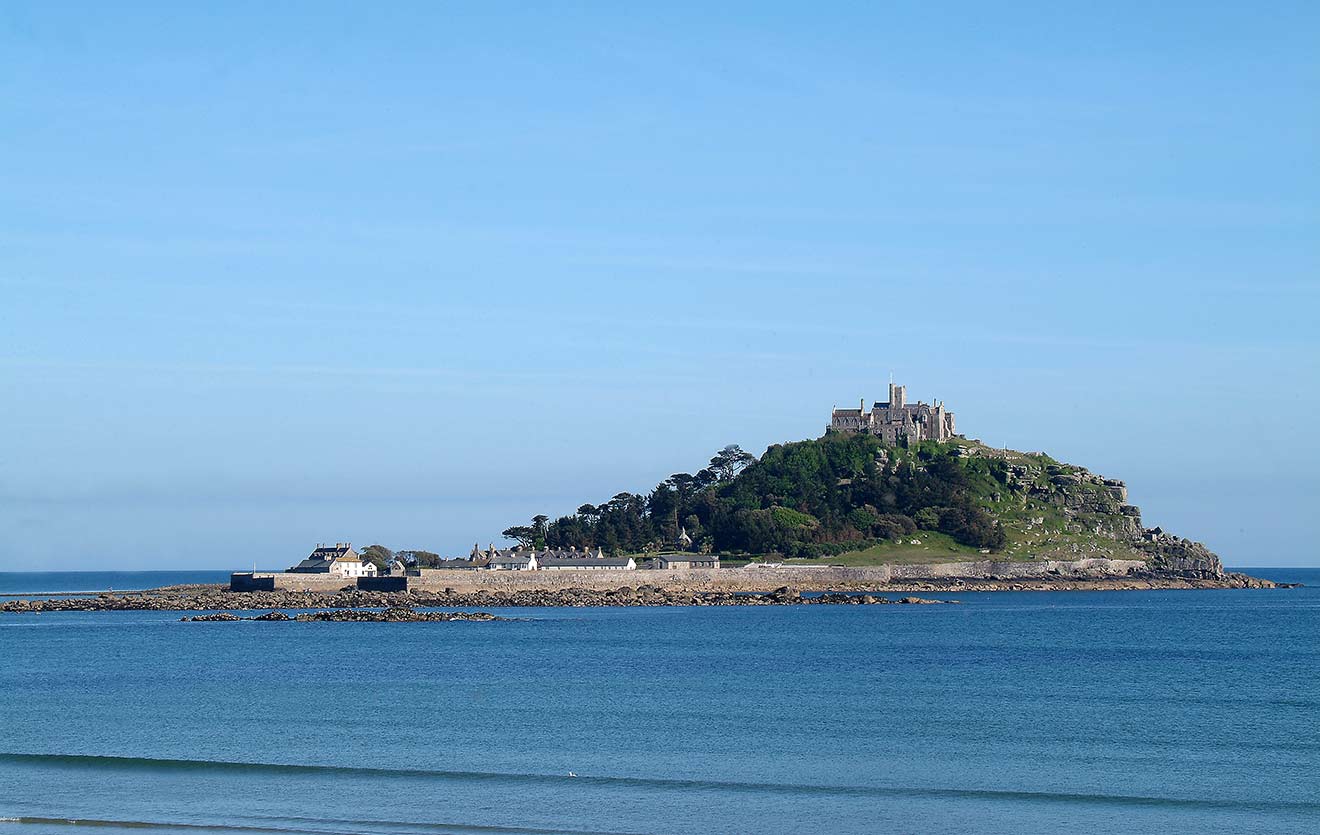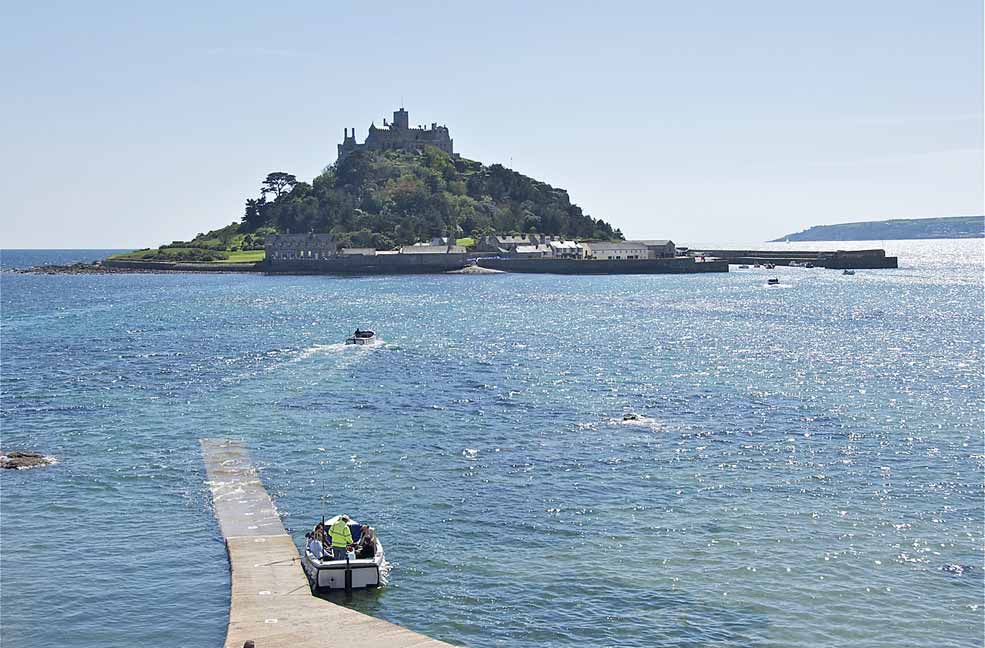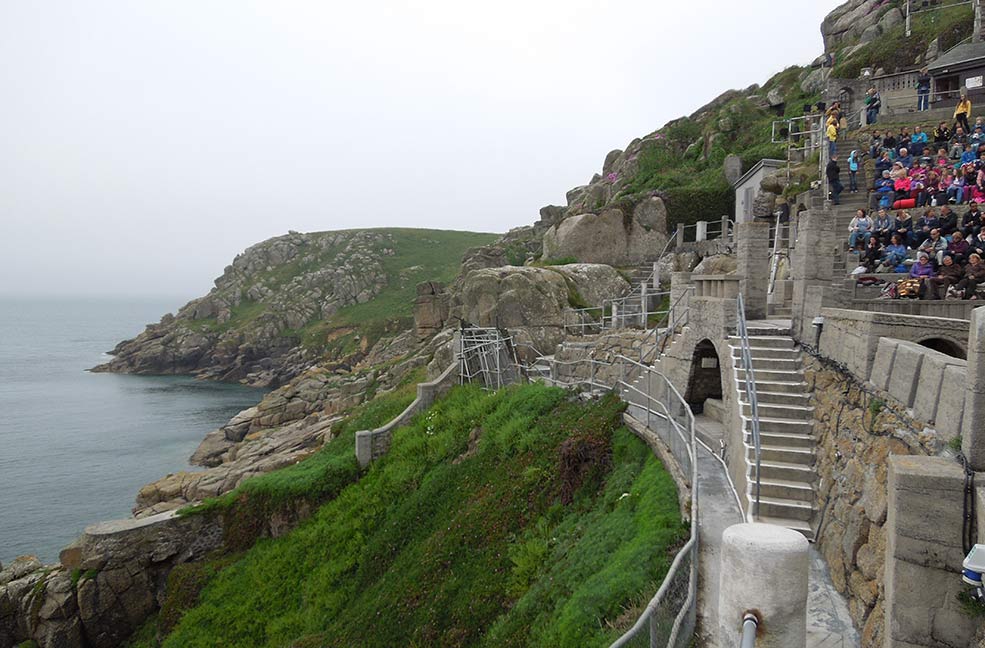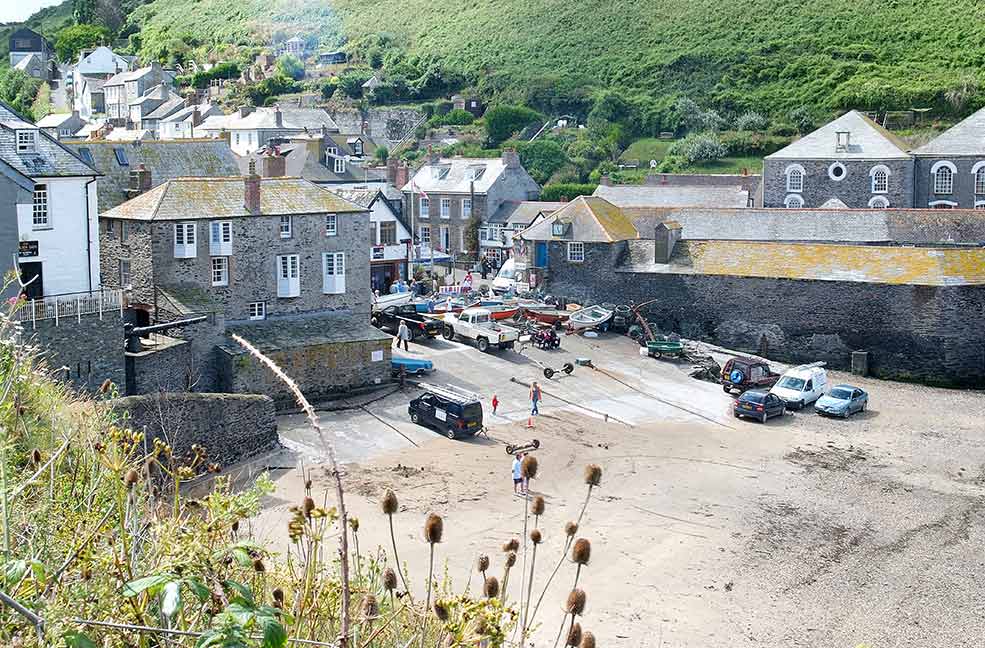
As far as most of my friends and family are concerned, the whole of Cornwall might as well be Port Wenn. All devoted fans of Doc Martin, they have no interest in hearing about the seal sanctuary on the Lizard or watching Shakespeare at the Minack Theatre. All they want to know is whether I ever ate dinner in Large's Restaurant, or visited Mrs Tishnell's Chemist Shop.
Unfortunately for me, I am destined to disappoint them. Because, not only did I not make it to Large's, I never made it to Port Isaac at all during my year in Cornwall. 'But how could you have missed it?', they'll ask me, 'Cornwall's hardly bigger than Rhode Island!' And then, I will have to explain that while yes, in terms of US sizes, Cornwall is very small, there is a lot to see.
Take the Penwith Moors for instance; a place that boasts the highest concentration of prehistoric sites in England. You can hardly walk four feet without stumbling over a stone circle or backing into a standing stone. My husband and I decided to visit this rugged stretch along Cornwall's north coast just before Christmas. I was intrigued, not only by the remnants of ancient history poking up everywhere out of the gorse, but by the fact that D H Lawrence had lived there, and that there was purportedly a mermaid who lured men into the sea.
'You ought to be careful', I explained to my husband, our rental car creeping forward through the rain, the sea just visible out my window over a steep and rocky cliff, 'she lures you in with her singing'. 'In that case,' he said, 'I think I'll be fine.'

We arrived in the late morning, just in time for the rain to stop and the mists to begin to blow off. Immediately, I could see why Lawrence had described it as 'the very best place' he had been. All around us was a tawny palette of coppers and golds, the deep mauve of the heather and the emerald green patchwork stretched like a skin over the valley below us. Chunks of exposed granite projected here and there from the spines of hills and, beyond it all, was the steel blue of the sea. It was the type of landscape that makes you feel dizzy, because it is so unfathomably beautiful.

After taking a detour to avoid a field of over-friendly cows, we came to our first monument: the Men-an-tol, Cornish for 'the hole stone'. Planted in the middle of a farmer's field as if it had fallen from the sky, 'this ancient stone', I read from the guide book, 'is believed to ensure fertility, good health, and cure rickets.'
'Rickets, eh?' my husband said, rubbing his chin, in the way that he does when he doesn't know what something is. We examined the stone thoroughly and were just about to leave when I saw the boot prints. 'Look,' I said, pointing. Someone had, very recently by the looks of it, passed through the circle. So of course, we had to as well. Nobody wants to get rickets after all.
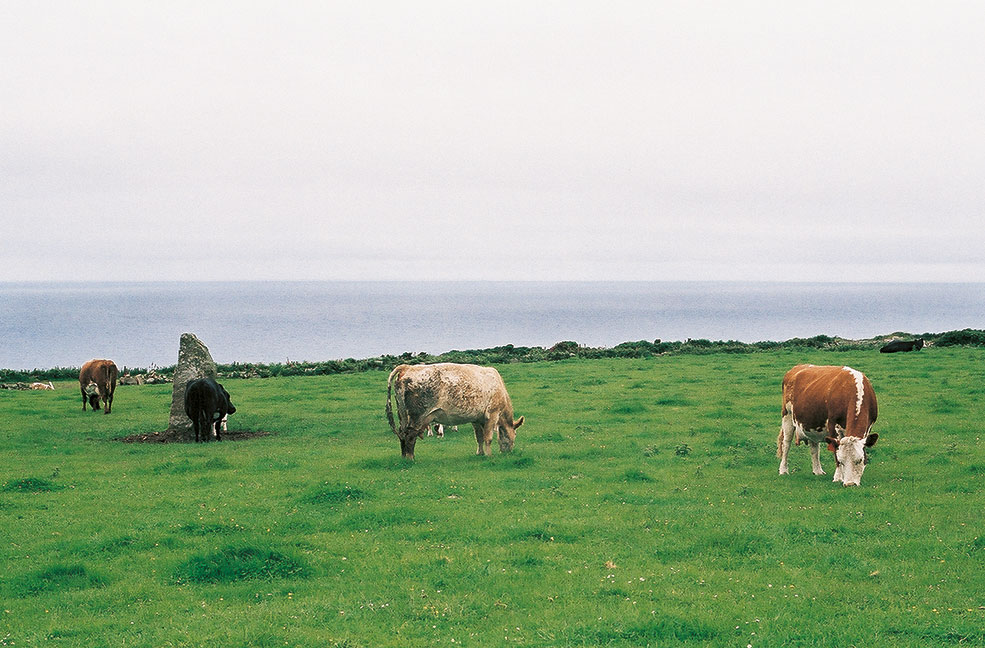
We spent the rest of the day stumbling through the gorse and brambles, coming upon one ancient monument after another. We saw Chun Castle and Chun Quoit, and The Nine Maidens stone circle (which in actuality had six stones, but had originally been sixteen; where the ‘Nine’ came from is as mysterious as the stones themselves). We peered down into the fathomless depths of the Ding Dong Mine and shook hands with a group of bikers who warned us to be sure and stay on the path - 'there are old mine shafts hidden in the scrub all around here'.
After dinner, we borrowed a flash light from the inn and tried venturing out onto the Gurnard's Head land mass just behind the inn, projecting out into the Atlantic like an exclamation mark. But the rain was coming down and the wind was hurling itself against us. After I tripped over a rock and submerged my leg knee deep in mud, we decided to call it quits. 'Another time,' I told my husband as we walked back to the car. But we both knew there wouldn't be. We only had a few months left to experience Cornwall, and there was still so much left to see. By late afternoon we found ourselves cold, damp and very hungry. So we stopped off in The Gurnard's Head Inn for one of their world famous pub suppers. With our boots steaming beside the fire, the glitter of candlelight all around us and a glass of merlot in our hands, I thought that I could not possibly feel any happier. Then the food came and I quickly realized I was wrong - with each bite, my happiness soared and soared.
Danielle Charles-Davies is an American writer and self-professed anglophile. In 2012, she upped her entire family – cats and all – to the other side of the Atlantic for a year-long working vacation in Cornwall.

